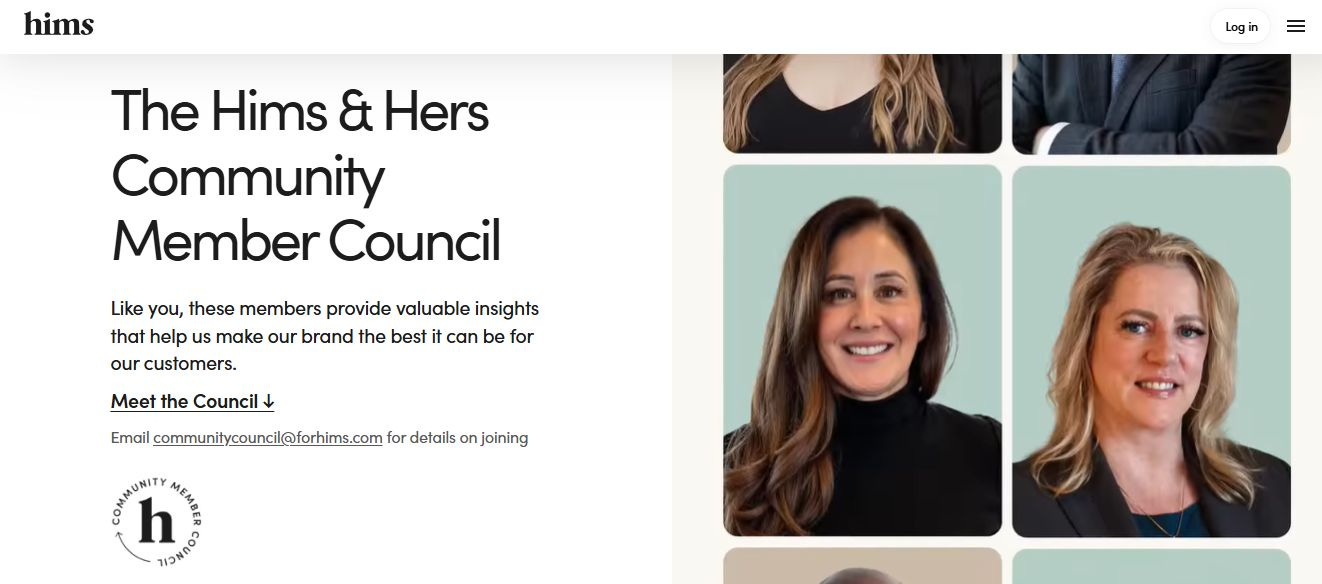Community Padawans! Francisco here 🙌
I’m back. One day late. I know. Bear with me.
This week’s topic came from a real “chain reaction”: a conversation I had last week with my friend Danny Barnes, a press release from Fitt Insider, and some thoughts that popped into my head during one of my morning walks.
And then…boom. Eureka!
I want to talk to you about community as a journey.
A real experience for those who are part of it.
Imagine this.
You have a brand. You say you have a community.
But in the end, what does that mean for your customer?
What do they gain from it?
How do they become part of the community?
What happens from the moment they engage with you?
How can they get more involved?
Or maybe… it’s the other way around.
You are the customer. You want to be part of a community. But… where do you even start?
So you search. You visit the website. And then: Maze mode activated.
(Quick side note: I have to mention Gareth Wilson’s work, building a library of landing pages for community-driven brands. Many brands that claim to be “community-led” urgently need to improve this aspect. And I’m not just talking about startups. Even well-known brands, the ones everyone praises on LinkedIn, still have a lot to refine.)
Today, I want to talk to you about two brands: Hims & Hers and Gymshark.
But we’ll get to that in a moment.
Community: Strategy or Buzzword?
Here’s the problem: so many brands treat community like just another marketing slogan. They make it seem like hitting “Follow” on Instagram is the same as “being part of the community.”
When in reality, the experience can, and should, be much bigger.
Social media? That’s just the start of the funnel. The first hello. The real community experience should be way bigger than that.
This is exactly what Danny and I talked about. And from that chat, we landed on something we called the Community-Marketing Funnel.
Now, fun fact. A few years ago, I created a graphic about this. The old Marketing Funnel vs. Community-Led Funnel.


But after talking to Danny, I realized that the model needed an update. After just a few minutes of discussion, it became clear that separating the funnels didn’t make much sense anymore.
Why does this matter?
Because in a brand where marketing, community, and customer experience are well aligned, the journey should feel intuitive.
But in practice, this often happens instead:
Customers want to learn more about the community, but they don’t know where to look.
When they find information, it’s scattered across the website or even on different sites.
The process of getting involved feels confusing.
That’s exactly what happened to me this week when I tried to learn more about two new initiatives from Hims & Hers:
Their press release had links to both. But I wanted to test the experience.
So I did what any customer would do.
I went straight to their homepage. Excited. Ready to explore.
And then…crickets.
Where am I supposed to go?
The menu?
The “About Us” page?
The blog?
The “Advocacy” section?
Nothing.
And even stranger: one initiative was hosted on one website, while the other was on a completely different one.
Hmmmm…
Another example: Gymshark
(Next week, I’ll tell you all about my experience at Gymshark’s London store. Spoiler: It was amazing.)
But for today’s topic:
Gymshark is one of the best examples of a brand-built-through-community.
You think gym. You think Gymshark.
But if you try to understand what it means to be part of their community?
That’s where it gets tricky.
The deeper you go, the more disconnected things start to feel:
Where does it start?
What’s the next step after discovering the brand?
How do they connect the digital experience with in-person experiences?
And there are many.
From in-store classes and running clubs to workshops and pop-up events in different cities.
If you spend enough time exploring through their website? You’ll probably find what you’re looking for. Because it’s there. Somewhere.
But that’s the problem.
Why does it feel like you need a map?
If community is supposed to build loyalty, trust, and connection, if you want people to stick around, then…
Why are you making it so hard for them?
Having a community should be a source of pride..
And now? What can you do with this?
There’s so much room for growth.
And it’s time for brands to start focusing on designing the experience around their communities.
If you’re a brand manager, community manager, or customer experience manager, ask yourself this:
Is your brand actually built to create a true community experience?
Before you say yes, do this quick check:
If someone wants to join your community, do they instantly know where to start?
Is their journey clear, or do they feel like they’ve stepped into a maze?
Does your community exist beyond social media? How does that experience translate into everyday interactions with your brand?
If even one of those questions made you pause?
It’s time to rethink your strategy.
Because having a community isn’t just about saying you have one.
It’s about building a space where people actually want to be.
And if you’d like to exchange thoughts on this, just reply to this newsletter.
I’d love to hear how your brand is thinking about community experience!
Thanks for reading, and stay tuned for more insights on how brands are shaping experiences that go beyond just selling—toward something bigger, more meaningful, and truly connected.





